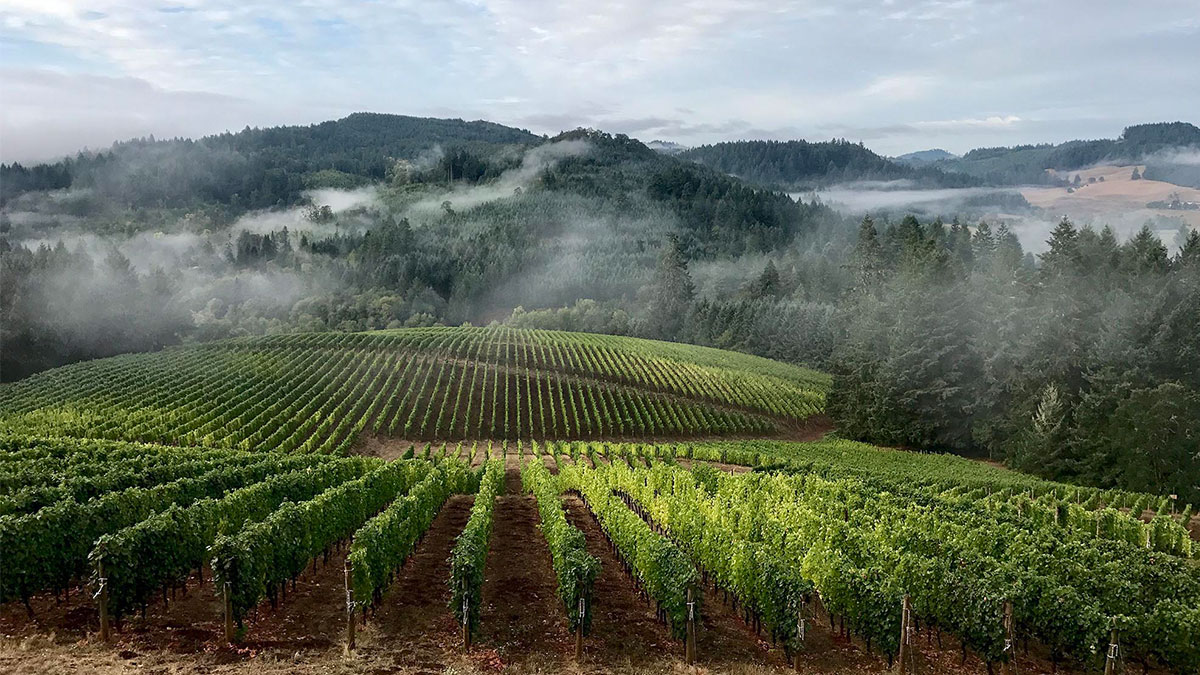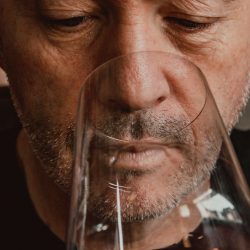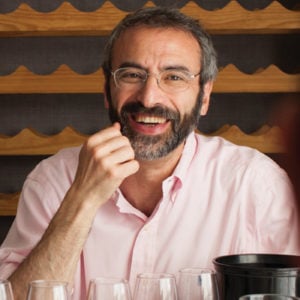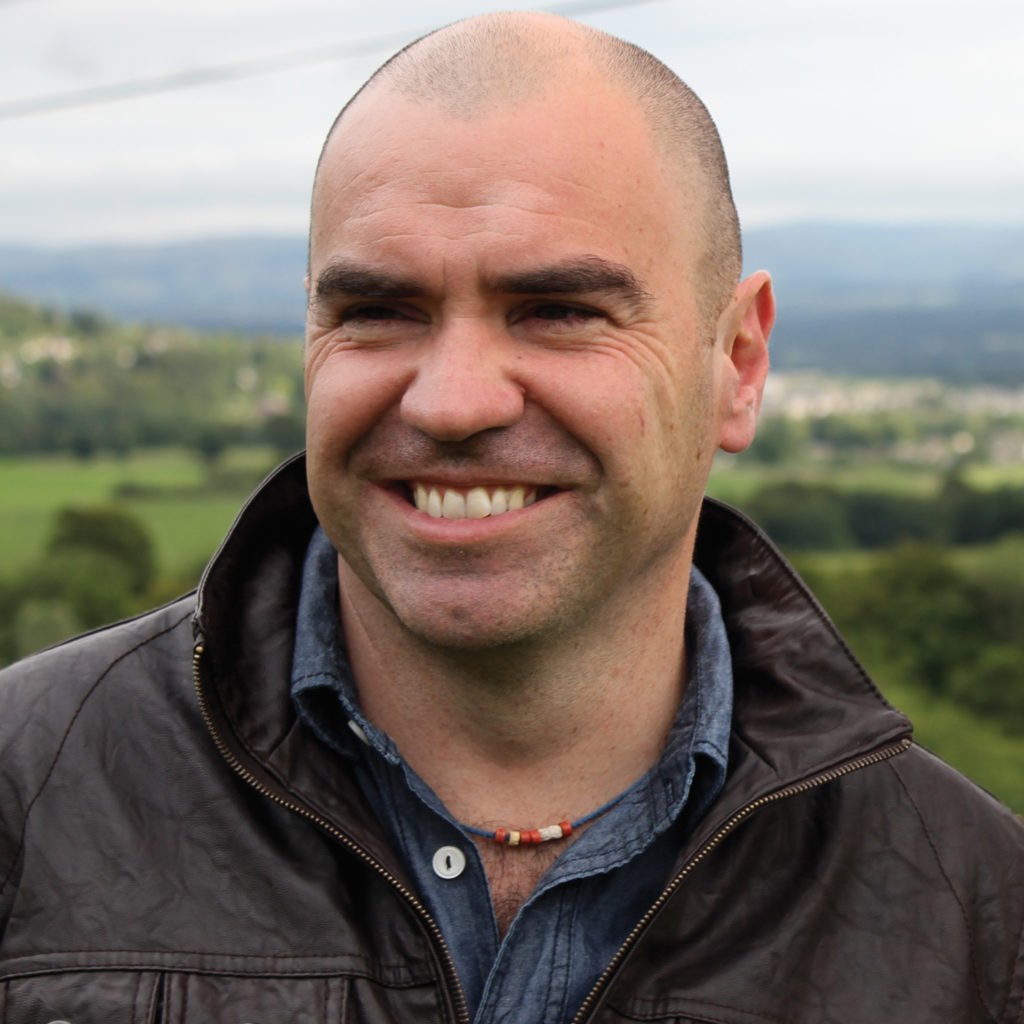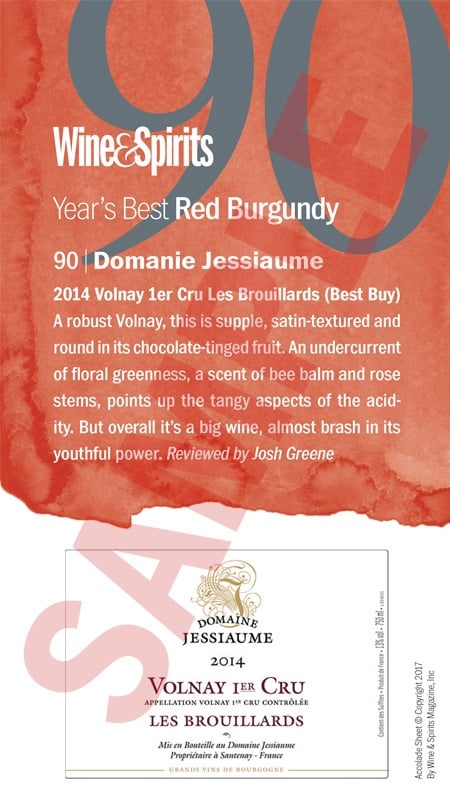Oregon’s Willamette Valley is bordered by mountains running north to south on its western flank. Much of the valley floor is low-lying floodplain, so that edge is readily visible, more or less forming the western horizon for 120 miles, especially when seen from Highway 99W, the through line of civilization that…
To read this article and more,
subscribe now.
To continue reading without interruption, subscribe and get unlimited digital access to our web content and wine search.
This story appears in the print issue of Spring 2022.
Like what you read? Subscribe today.

